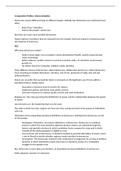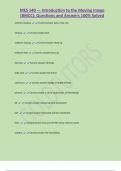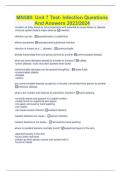College aantekeningen
College aantekeningen Comparative Politics: Democratisation
- Instelling
- Radboud Universiteit Nijmegen (RU)
- Boek
- Democratization
College aantekeningen comparative politics: democratisation van het jaar 2022/2023, inclusief gastcolleges
[Meer zien]














